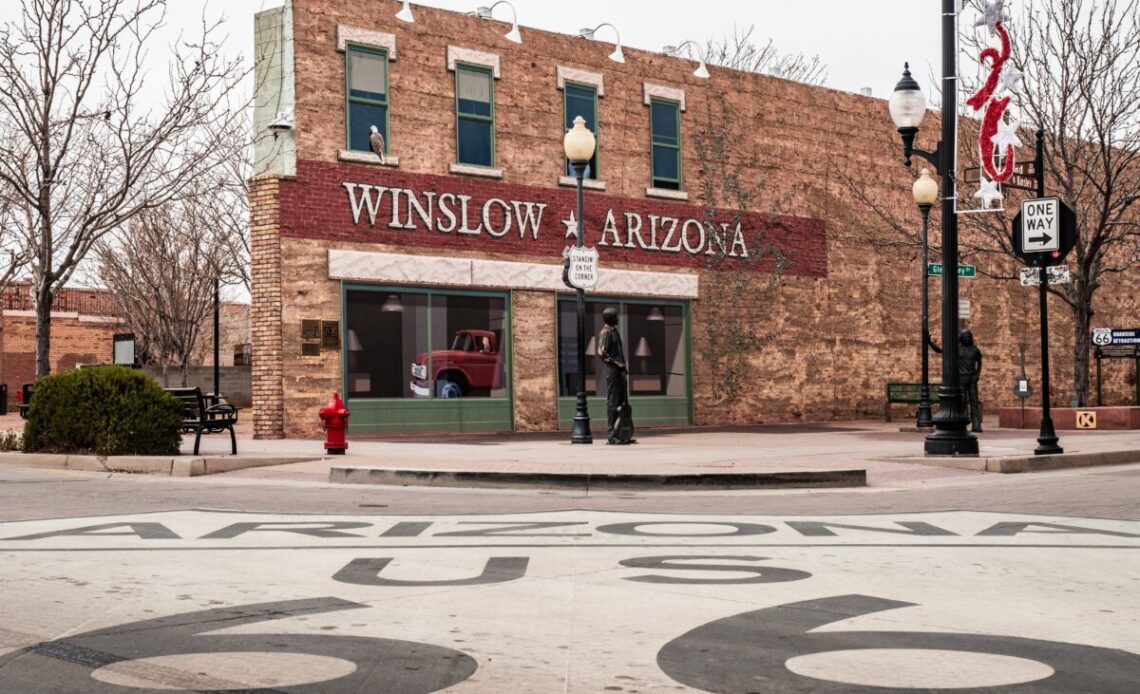Ever wondered why Route 66 is so famous? Route 66 holds a unique position in American pop culture and folklore, weaving itself into the fabric of the nation’s identity and international prestige. The historic route is a symbol of American wanderlust, personal freedom, and the pursuit of a better life.
The legacy of Route 66 is etched into the American consciousness with a timeless promise around the thrill of the open road. From the eponymous 1960s television series to the Rolling Stones covering the Bobby Troup classic to capture the spirit of rock and roll, US 66 remains part of American legend.
| Reason | Description |
|---|---|
| Historical significance | Route 66 was one of the first highways of the U.S. Highway System and has a rich history related to westward migration. |
| Cultural icon | Route 66 has been featured in numerous songs, novels, movies, and TV shows, making it a symbol of America’s road culture. |
| Scenic beauty | Route 66 covers diverse elements of American landscape, passing through deserts, mountains, farmland, and great plains. |
| Unique attractions | It’s known for its old roadside diners, motels, museums, tourist stops, and kitschy Americana which gives it a unique charm. |
| Symbolism | Route 66 has become a symbol of the freedom of the open road, opportunity, and the pioneering spirit of America. |
Route 66 History
Getting your kicks on Route 66 started in 1926 as part of the newly founded Numbered Highway System. The roadway’s purpose was to connect major cities and small towns across the US. Very quickly, the numbered highways became vital transportation arteries, Route 66 more than most because of how it connected Middle America and the West Coast.
The original starting point of Route 66 was in Chicago, Illinois. The historic route traveled through rural and urban communities, crossing Missouri, Kansas, Oklahoma, Texas, New Mexico, and Arizona before ending in Santa Monica, California. The highway was also known as “Will Rogers Highway” and the “Main Street of America.”
During the 1930 Dust Bowl and Great Depression, the highway served as an escape route to new opportunities with travelers moving east-west in search of jobs. The route supported a culture of roadhouses, mom-and-pop stores, cafes, and many gas stations that sprang up along the route.
Today, this iconic road trip is romanticized and offers travelers a look into classic Americana, from Chicago to the Pacific Coast in California. Interest…
Click Here to Read the Full Original Article at ViaTravelers…
